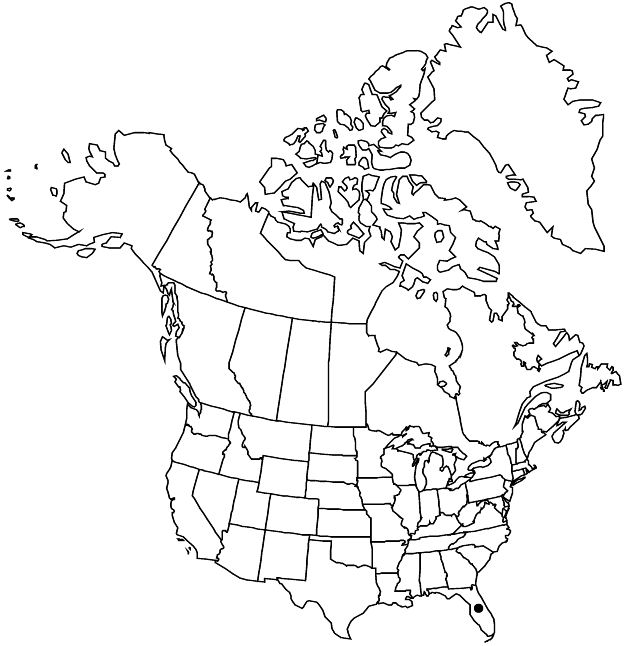Euphorbia pergamena
Bull. Torrey Bot. Club 25: 615. 1898.
Herbs, perennial, with moderately to strongly thickened rootstock. Stems prostrate to ascending, occasionally mat-forming, terete to slightly flattened, 5–18 cm, glabrous on lower surface, strigillose to sericeous on upper surface. Leaves opposite; stipules distinct, subulate, better developed on lower side of stem, 0.4–1.3 mm, glabrous or pilose; petiole 0.3–0.5 mm, puberulent, sericeous, or strigillose; blade oblong to ovate, 4–7 × 2–4 mm, base asymmetric, hemicordate, larger side sometimes amplexicaulous, margins entire or serrulate, apex obtuse, surfaces puberulent, sericeous, or strigillose; 3-veined from base, lateral-veins inconspicuous. Cyathia solitary at distal nodes or at nodes of short, congested, axillary shoots; peduncle to 0.5 mm. Involucre campanulate, 1–1.3 × 1–1.1 mm, canescent; glands 4, pinkish, oblong or reniform, 0.2 × 0.4–0.6 mm; appendages white to pink, lunate, unequal, those of proximal glands oblique, 0.6–1 × 1.4–1.6 mm, those of distal glands symmetric, 0.3 × 0.8–0.9 mm, irregularly undulate to incised. Staminate flowers 15. Pistillate flowers: ovary puberulent, sericeous or strigillose; styles 0.5–1 mm, 2-fid at apex. Capsules oblate, well exserted from involucre at maturity, 1–1.3 × 1.3–1.8 mm, puberulent, sericeous or strigillose; columella 1 mm. Seeds whitish to gray, ovoid, 4-angled in cross-section, 0.7–0.8 × 0.5–0.6 mm, with 3–4 transverse sulci alternating with low transverse ridges.
Phenology: Flowering and fruiting year-round.
Habitat: Crevices of limestone outcrops in pinelands and pine-palm woods.
Elevation: 0–10 m.
Distribution

Fla., West Indies (Cuba), West Indies (Hispaniola)
Discussion
Euphorbia pergamena is a Florida-listed threatened species known within the flora area from only Miami-Dade and Monroe counties in extreme southern Florida. The species is often included as a subspecies of E. adenoptera (for example, D. G. Burch 1965), but here A. Herndon (1993b) is followed and it is treated as a distinct species.
Selected References
None.
Lower Taxa
"connate" is not a number. "distinct" is not a number."connate" is not a number. "distinct" is not a number.